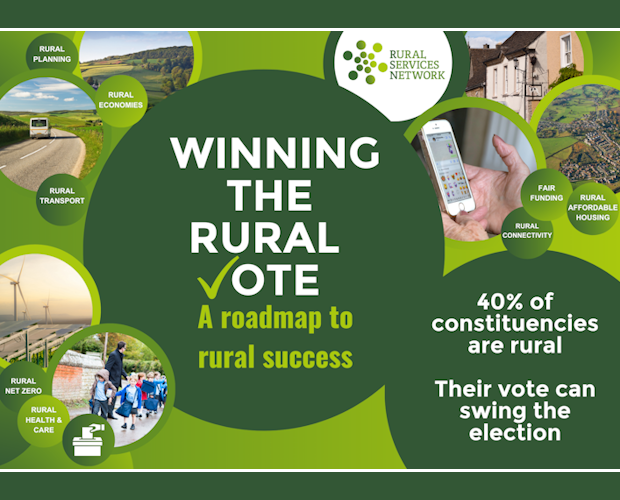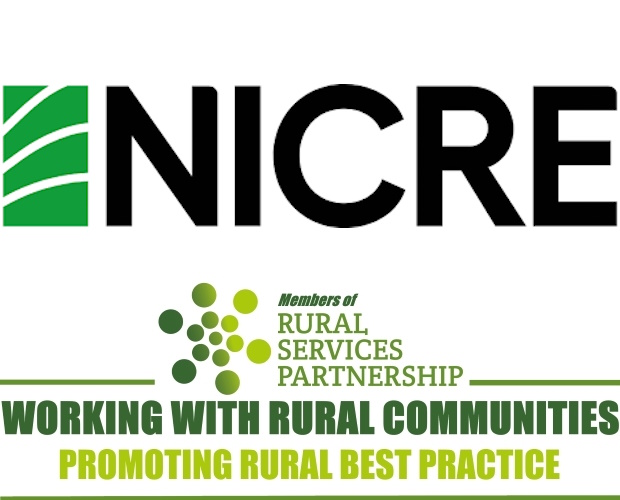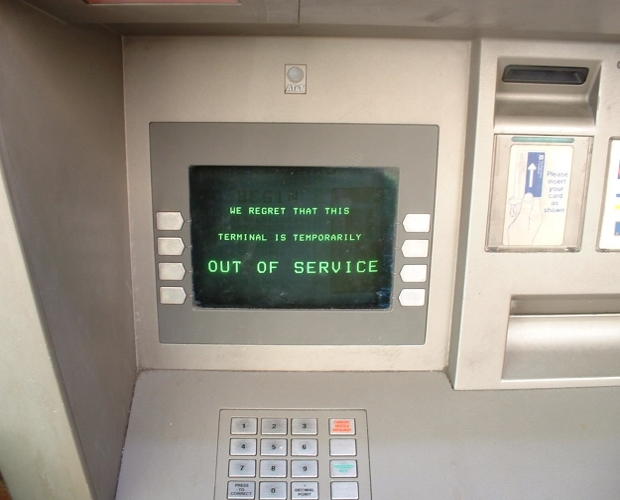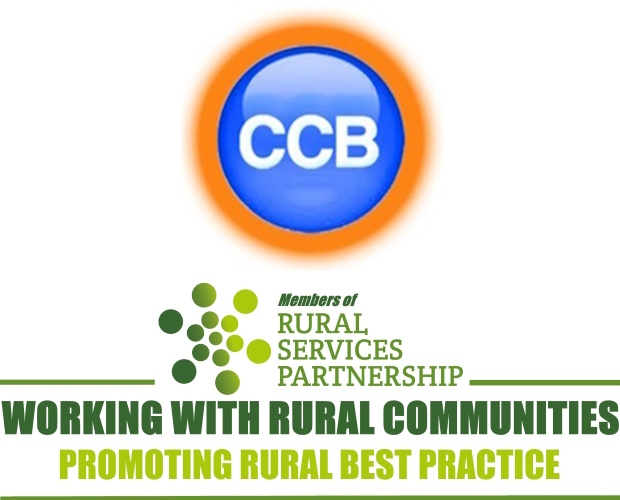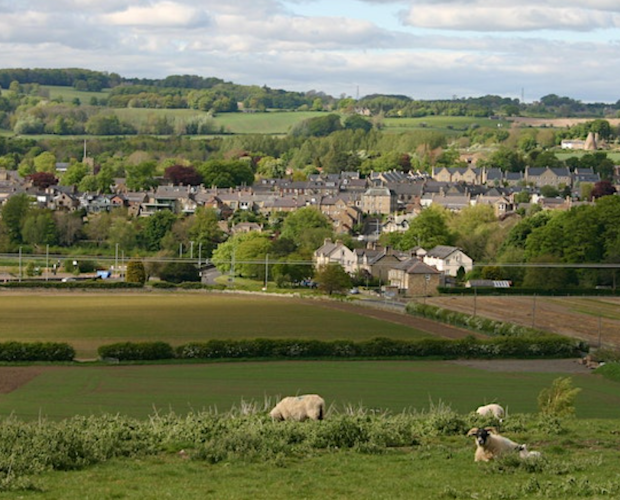T: 01822 851370 E: admin@sparse.gov.uk
Transforming rural transport
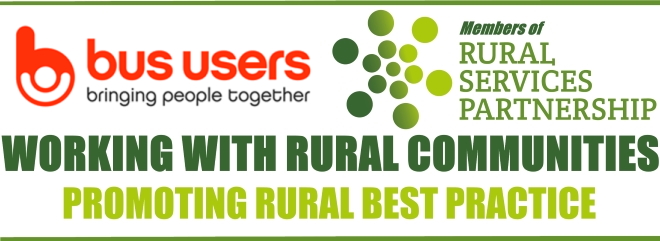
Rural areas are facing a perfect storm when it comes to bus services. Already decimated by decades of cuts and a fall in passenger numbers, they now face a nation-wide shortage of drivers and Covid-related staff absences which have seen critical resources diverted to busier, urban routes.
Demand Responsive Transport (DRT) is seen as an obvious solution but up to now, most schemes have focused solely on filling gaps in transport provision rather than offering a viable alternative to the private car. The result has been services that are often inaccessible to those in greatest need.
Catering to relatively low passenger numbers on frequently narrow roads, DRT vehicles have tended to be small, with limited on-board space and capacity, usually no access for wheelchairs and restricted services.
More often than not, passengers have had to plan journeys in advance, giving upwards of 24 hours’ notice before travelling, making spontaneous or essential last-minute trips impossible. Concessionary cards are rarely accepted and bookings and payments usually require a bank account and reliable internet access which many people, particularly in rural areas of the UK, simply don’t have.
These issues have been compounded by the pandemic which has accelerated the pace of change in society. What’s needed are transport solutions that can adapt and respond to these changes as well as tackle congestion and the climate emergency. We need flexible, affordable, reliable, multi-modal and sustainable alternatives to the car and while existing services including bus and coach are clearly part of the solution, DRT is the vital missing piece.
To succeed, however, DRT needs a radical rethink. It needs to be available wherever there is a gap in provision, particularly in rural areas, and it should be promoted as part of a streamlined transport package. Critically, it needs passenger buy-in and for that, vehicles, information and infrastructure need to be fully accessible and concessionary passes should be accepted. It should be integrated with other modes such as trains, buses and coaches and have timed connections to essential services like GP surgeries and hospitals. And booking should be quick and flexible so people can travel at short notice and change their plans.
In 2021, £20m in funding was awarded by the Department for Transport for 17 DRT trials in rural areas under the Rural Mobility Fund. This gave local authorities an opportunity to re-imagine DRT as a flexible, accessible service critical to decarbonisation targets.
Following a successful bid for funding, Hertfordshire County Council launched HertsLynx with the promise of making transport in the county ‘cleaner, greener and healthier’, providing ‘practical and affordable alternatives to the car’. Three low-entry minibuses are already in operation with more to come this year. Services run from 7am to 7pm Monday to Saturday and 10am to 4pm on Sundays. Half-fare is available to SaverCard holders and concessionary card-holders travel free, with bookings possible up to three minutes before travel.
This is a great start to making sure DRT is here for the long-haul so all passengers, wherever they live, can genuinely get on board.
This article was written by Claire Walters, Chief Executive Bus Users UK. To find out more about Bus Users UK visit: www.bususers.org
SIGN UP TO OUR NEWSLETTER
Sign up to our newsletter to receive all the latest news and updates.

